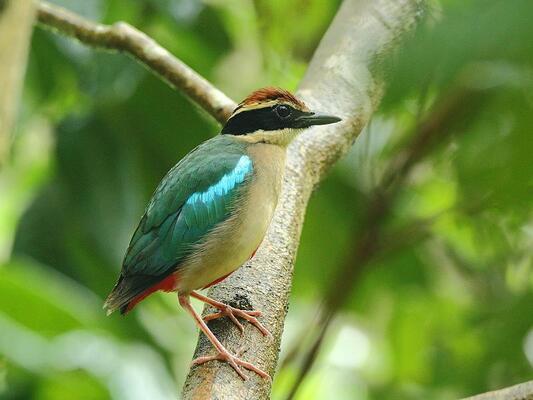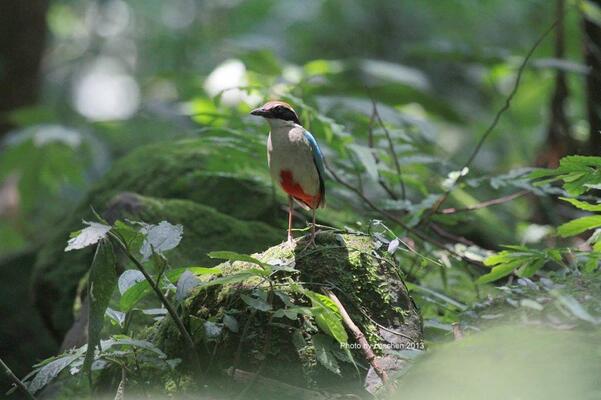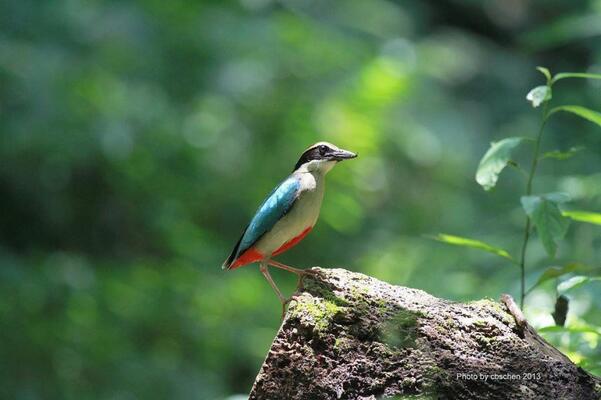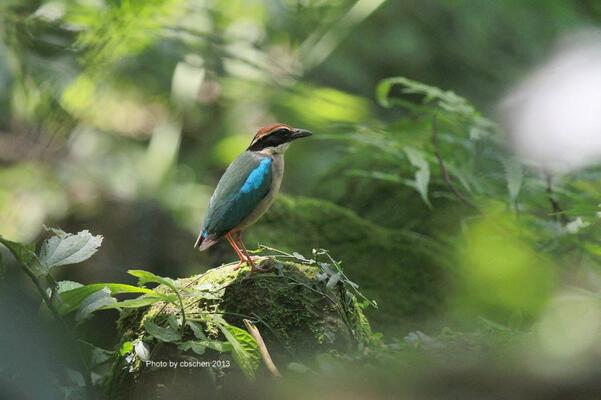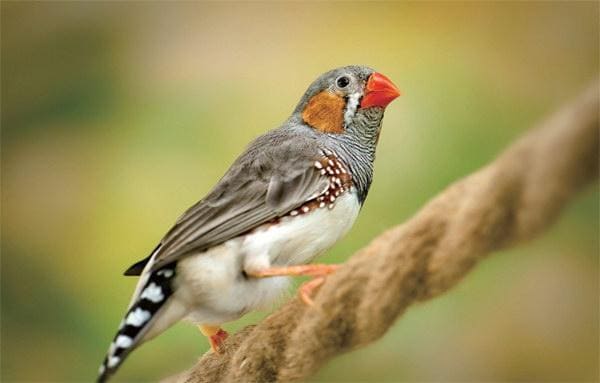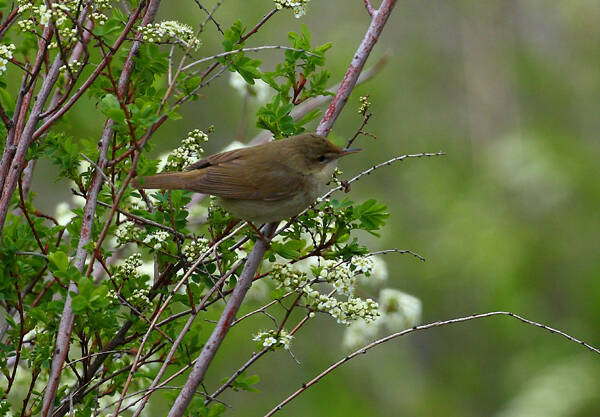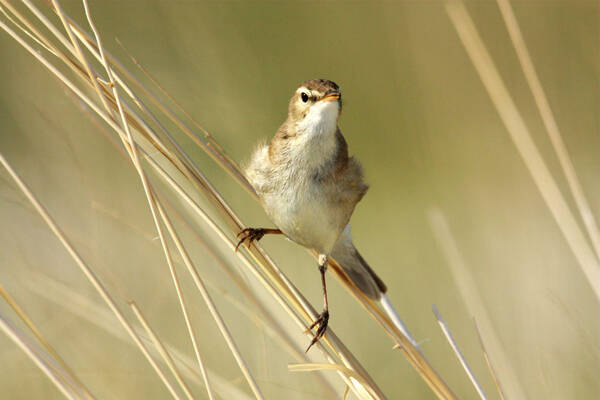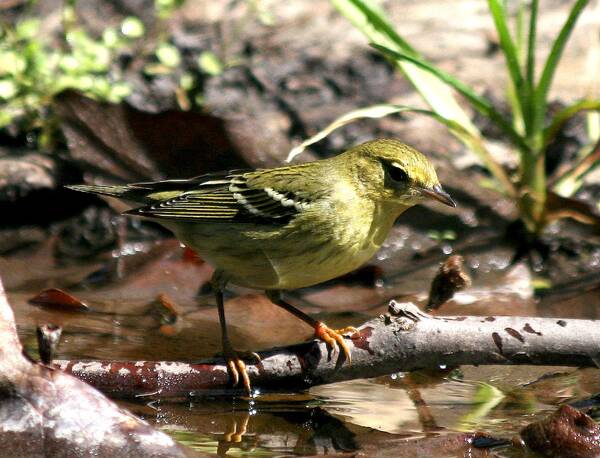Biue-Winged Pitta
IUCN
VUBasic Information
Scientific classification
- name:Biue-Winged Pitta
- Scientific Name:Pitta nympha,Fairy Pitta
- Outline:Songbird
- Family:Passeriformes Pittidae Pitta
Vital signs
- length:18 cm
- Weight:90.2 g
- lifetime:5-10 year
Feature
A very beautiful bird with a green body and white belly, dotted with bright colors such as red, yellow, blue, and black.
Distribution and Habitat
Distributed from India, Southeast Asia to Japan. In summer, it is distributed to Japan and breeds in the mountains of Shikoku and Kyushu. In spring and summer, it appears under the forest or bamboo forest in low-altitude mountainous areas. It likes to jump on the ground and peck at ground insects and earthworms. It flies quickly. Every April and May, it flies from Nanyang or Hainan Island to Shimen Reservoir Park to court, build nests, lay eggs, and raise chicks. In August and September, it returns to its original habitat with its family. Call: During the courtship period, the male and female respond to each other with a four-syllable whistle sound similar to "huliu-huliu-".
Appearance
It is 18 cm long, with bright feathers, chestnut brown head, yellow eyebrow line, black eye line extending to the back of the neck, black primary flight feathers, emerald green back and wings, milky white throat, bright red center of abdomen and undertail cover feathers (narrower in females), light blue upper edge of wing feathers and upper tail cover feathers (narrower in females). It has long legs and short tail. The body of the eight-color bird is mostly green, with a white belly, and bright red, yellow, blue, black and other bright feathers on its body. It is very bright and eye-catching, so it is called the "eight-color bird".
Details
Fairy Pitta (scientific name: Pitta nympha), also known as Pitta, is a species of Pitta genus of Pitta family. It is a fully migratory bird distributed in Hong Kong, South Korea, Japan, Brunei, mainland China, Indonesia, Taiwan, Malaysia, Vietnam and North Korea. The global range is about 1,170,000 square kilometers.
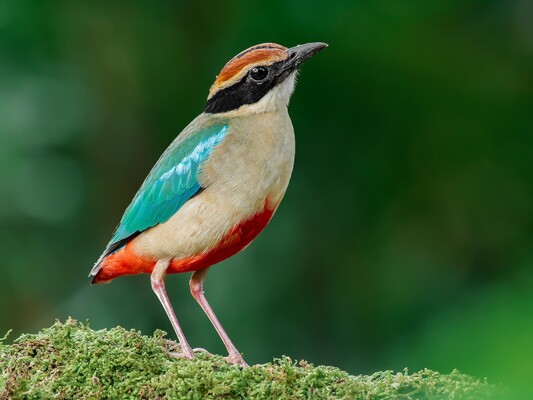
The average weight of Fairy Pitta is about 90.2 grams. Habitats include plantations, subtropical or tropical moist lowland forests, subtropical or tropical dry forests, subtropical or tropical (lowland) moist sparse scrub and rivers and streams. The type locality of this species is in North Korea.
Its diet mainly consists of earthworms, spiders, insects, slugs and snails. The Fairy Pitt breeds in East Asia and migrates south to Southeast Asia for the winter. Due to habitat destruction and human disturbance such as deforestation, wildfires, hunting, capture, and the cage bird trade, the Fairy Pitt has become rare and its population continues to decline in most areas. It is listed in Appendix II of the Convention on International Trade in Endangered Species of Wild Fauna and Flora (CITES) and is classified as vulnerable on the International Union for Conservation of Nature (IUCN) Red List of Threatened Species.
The Pitt is often sold as a pet due to its dazzling plumage. It has become a rare bird species due to constant hunting pressure and ecological damage to its habitat. Therefore, the Pitt is listed as an endangered species in the Red List of Asian Birds. It is listed as a rare and precious conservation animal in Taiwan, China.
FAQ
Why is the Pitt called this name?
The Pitt is named because of its rich and colorful feathers, which usually have multiple colors.
What kind of environment does the Pitt live in?
Pitts like to live in humid forest areas, especially in subtropical and tropical areas, and like dense bushes and forest floors.
What food does the Pitt eat?
Pitts mainly feed on insects, earthworms, and small invertebrates, and sometimes eat some fruits and seeds of plants.
Is the Pitt easy to observe?
Pittas are generally secretive and like to hide in dense vegetation. They are difficult to observe directly, but their unique calls are easy to attract attention.
Is the Pitta migratory bird?
Yes, most Pittas are migratory birds. They migrate seasonally to adapt to changes in food resources and climate.

